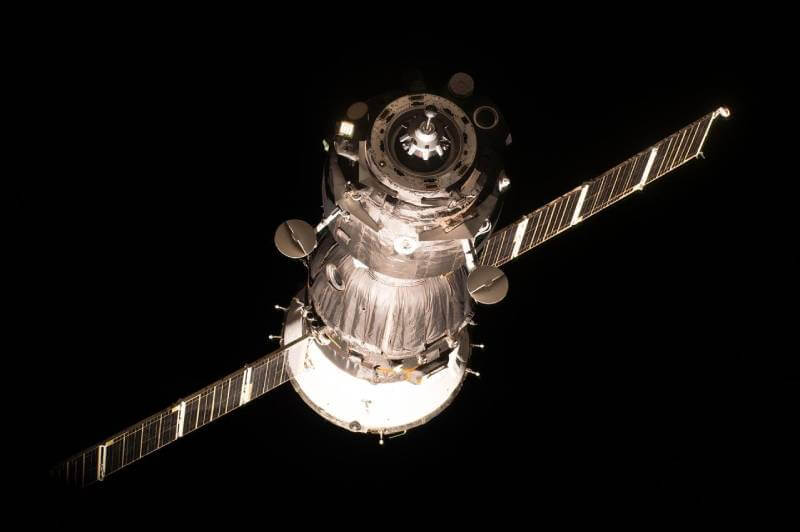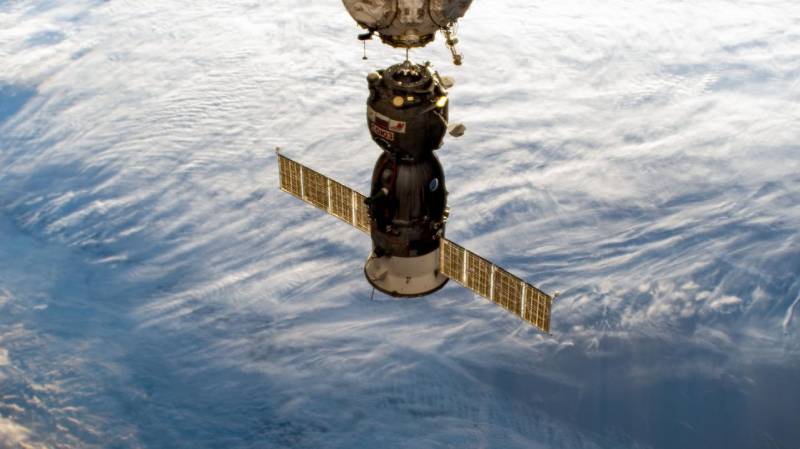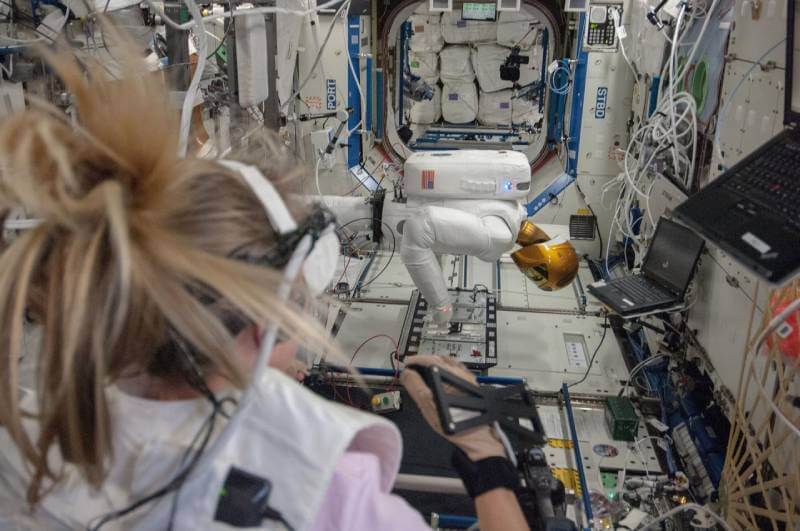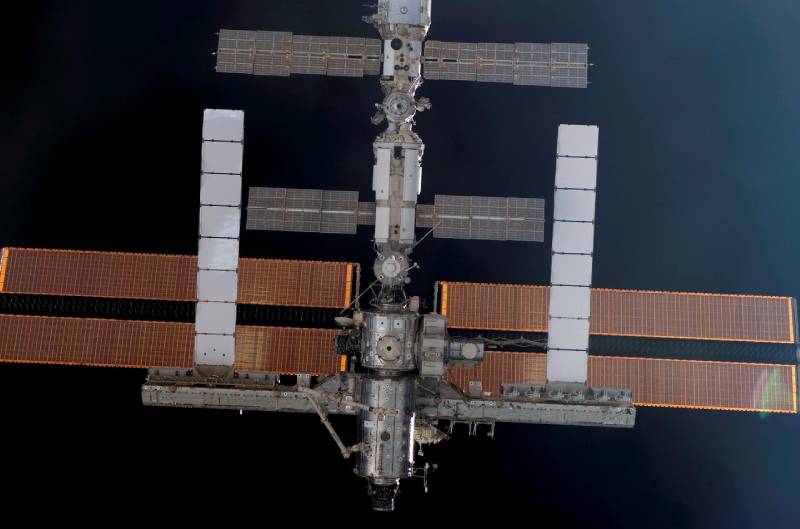On January 25, 1984, President Ronald Reagan directed NASA to begin constructing the International Space Station (ISS), saying in his State of the Union Address, “Just as the oceans opened up a new world for clipper ships and Yankee traders, space holds enormous potential for commerce today”. Over the next 10 years, more than 30 missions were conducted to assemble the infamous 460-ton, permanently crewed platform orbiting 250 miles above Earth. It is the result of unprecedented scientific and engineering collaboration among five space agencies representing 15 different countries across the world. But, how do astronauts actually get to the ISS? And what do they do once they get there?
Understanding The Journey: How Astronauts Reach the International Space Station
Launching a manned rocket from the Earth to ISS is much trickier than most may realize. Since the ISS is in orbit around the planet at about 17,000 miles per hour, astronauts and cosmonauts have to time the launch just right, within 2-3 minutes of accuracy, if they want to reach the ISS. Luckily, the space station orbits the Earth 16 times a day, so if one launch time is missed, the launch site only has to wait 90 minutes before another pass over.
The rocket must be launched at the correct orbital inclination, which is the angle that an object is in relation to the Earth’s equator. For example, an orbital inclination of 0 degrees would be orbiting right above the equator, while an orbital inclination of 90 degrees would be an orbit above the poles. The ISS orbits at an inclination of 51.6 degrees, so the spacecraft that launches will need to match this. The launch will also need to be timed just after the ISS passes over the launch site for an ideal interception.
If the spacecraft overshoots during the flight and ends up higher than the ISS, it will need to slow down and wait for the space station to catch up before it can dock. In situations where astronauts end up below the ISS, they will speed up their flight.

The most dangerous part of the whole mission is the rendezvous with the capsule and the million-pound space station. Even though the journey up to this point consisted of precise computer systems and calculations, latching the space crafts comes down to the oldest computer in the world: the human brain.
How Do Astronauts Dock a Spaceship To The ISS?
Today, the only way anyone can get to the ISS is aboard a Russian Soyuz spacecraft, and the flight itself could take anywhere from four hours to three days, depending on the mission parameters and the spacecraft used.
The Soyuz spacecraft is divided up into three main modules: The Descent Module, The Orbital Module, and The Service Module. The descent module is like the command center, holding up to three astronauts and/or cosmonauts, as well as life support systems and survival gear that could be used if needed after they land back on Earth. This module also has small windows on each side of it for the crew to look outside. The orbital module, sometimes called the habitation module, is the living area used while in space, containing equipment, meals, and even a toilet. The service module, or the propulsion module, contains fuel tanks, oxygen tanks, and extra batteries.
There are both Russian and US orbital segments of the ISS with their own respective docking ports. However, since The Soyuz is Russian-made, it is incompatible with the US docking ports and must use the Russian docking system called the SSVP (Sistema Stykovki i Vnutrennego Perekhoda). On the front of The Soyuz, you will find a conical shaped structure called the probe that will intercept with an inverted version of this on the ISS called the drogue.

If all goes well, the probe will make contact and guide the spacecraft completely into the vestibule, which is called a soft capture. The probe retracts, pulling The Soyuz tight against the ISS, and locks into place with the eight locks around the drogue, achieving what is known as hard capture, making it possible for the electrical and data connections to be made between the spaceship and the ISS.
There are two main controls for docking with the ISS that the astronauts use manually while watching their movements from the spaceship window. The two controllers adjust the transitional and rotational movements of the spaceship capsule, and they resemble a commercial video game joystick. There is about a 3-inch margin of error for this part of the flight, so the astronauts must be absolutely focused because if the connection between the ISS and the spaceship is just barely out of line, the astronauts would be faced with the deadly reality of depressurization after opening the latch.
However, when securely docked, the astronauts will open the latch to connect to the ISS and can freely move supplies and people between the spaceship and the space station. There are five agencies that are involved on the ISS:
| Country | Agency |
| The United States | NASA |
| Russia | Roscosmos |
| Japan | JAXA |
| Canada | CSA |
| Europe | ESA |
Since NASA concluded its Space Shuttle program in 2011, the only way to reach the ISS today is aboard a Russian Soyuz spacecraft. Because all of the instructions and controls are in Russian, every astronaut is required to learn the language. Once aboard the space station, the general language that all procedures are conducted in is English, despite what one’s native tongue is.
What Do Astronauts Do On The ISS?
Once aboard, the astronauts keep busy with a multitude of experiments that advance our knowledge in the space sciences. One such experiment includes the GRASP investigation, which looks into how our central nervous system integrates information from our senses to coordinate hand movement and visual input. The missions, or expeditions, that astronauts go on to the ISS usually last about six months, with three to six crew members on board at any given time. However, US astronaut Scott Kelly and Russian cosmonaut Mikhail Kornienko commanded an expedition to the ISS that lasted for nearly a year. The investigations they collaborated on yielded beneficial knowledge on the medical, biological, and psychological challenges faced by astronauts during long-duration spaceflight.

Functioning essentially as a space environment laboratory, the astronauts, cosmonauts, and scientists from all over the world have no problem staying busy. Most of the scientific research conducted aboard this microgravity laboratory advances our knowledge in astrobiology, astronomy, meteorology, physics, and other related fields. There are also crews assigned to clean, check the equipment, and maintain or repair broken equipment.
Conclusion
Since its fruition, the International Space Station has served many scientists from all over the world in the expansion of our understanding of spaceflight and life in space. In this article, we have seen how the process of astronauts getting to the ISS is no easy feat but one that requires extensive training and testing for both the astronauts and the scientists and engineers in the launch crew.
Not only do they need to time the launch within 3 minutes of accuracy, but they also need to focus on aiming for the right orbital inclination angle while taking into account how long the propulsion engines need to stay on to match the ISS’s orbit. This article also showed how The Soyuz space capsule is able to dock with the ISS and, even with all of the advancements in technology and engineering, this crucial part of the journey comes down to the wonders of the human brain rather than a fancy computer.
After the six month expedition time is up, the astronauts will return to Earth in The Soyuz capsule, blasting through the Earth’s atmosphere enveloped in a ball of fire due to the friction with the air upon re-entry.

